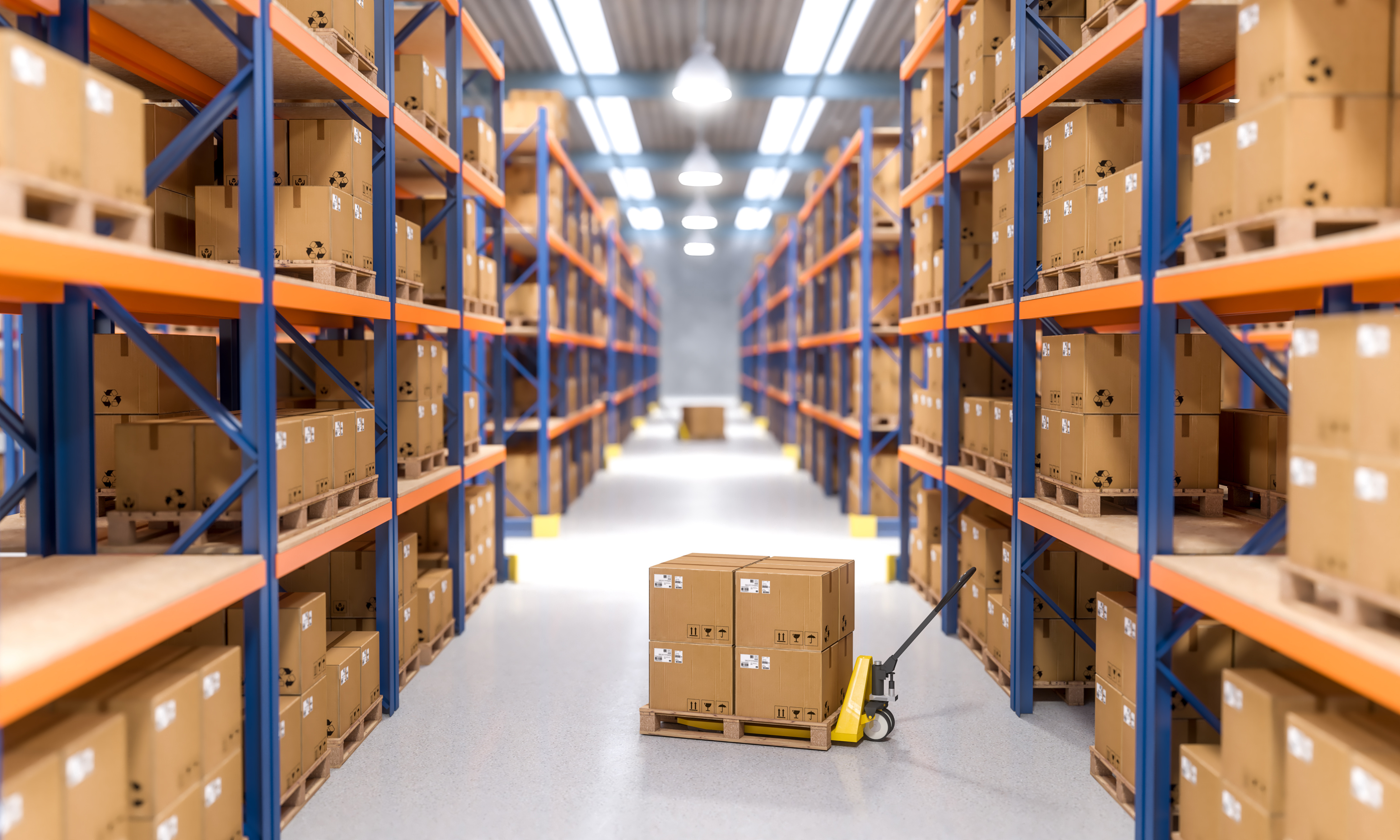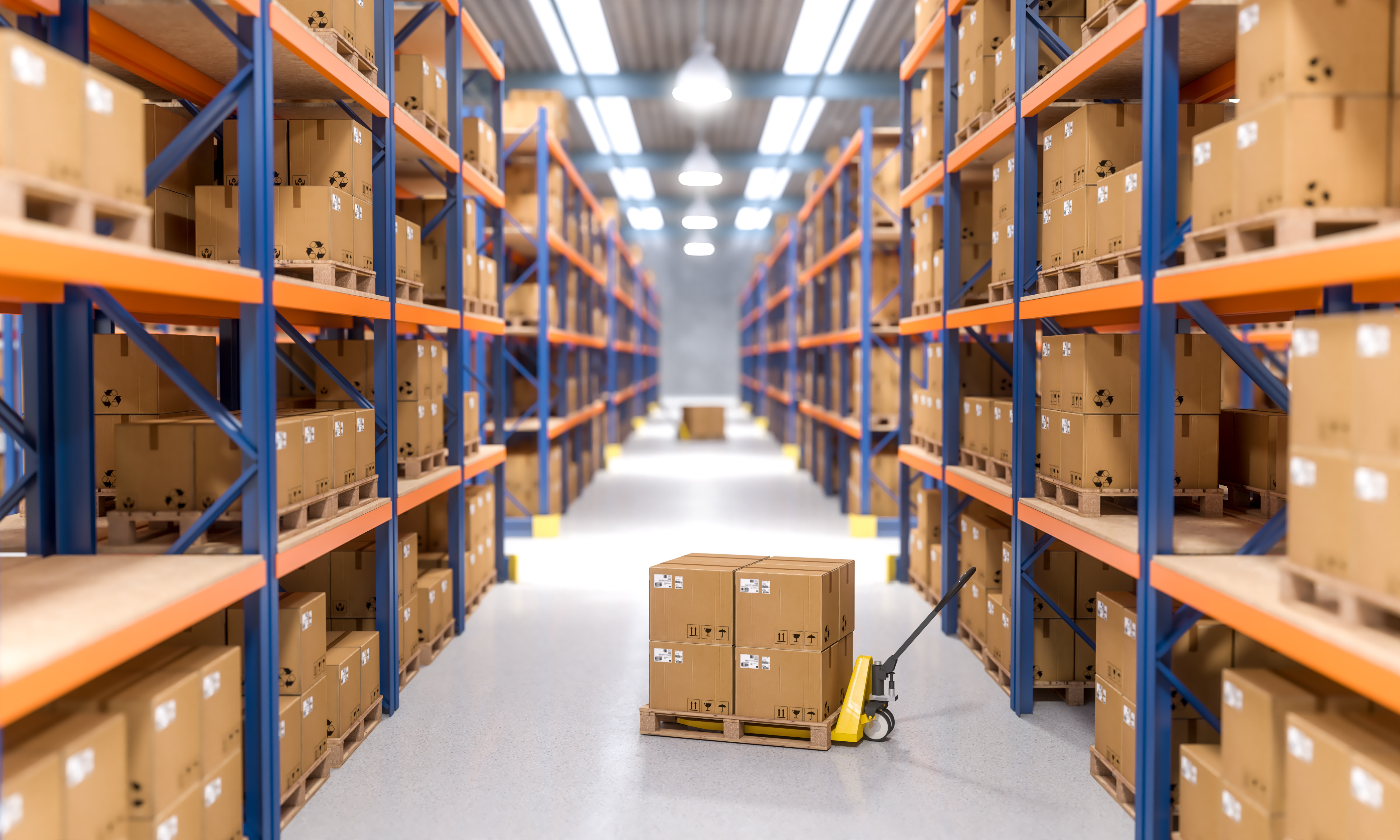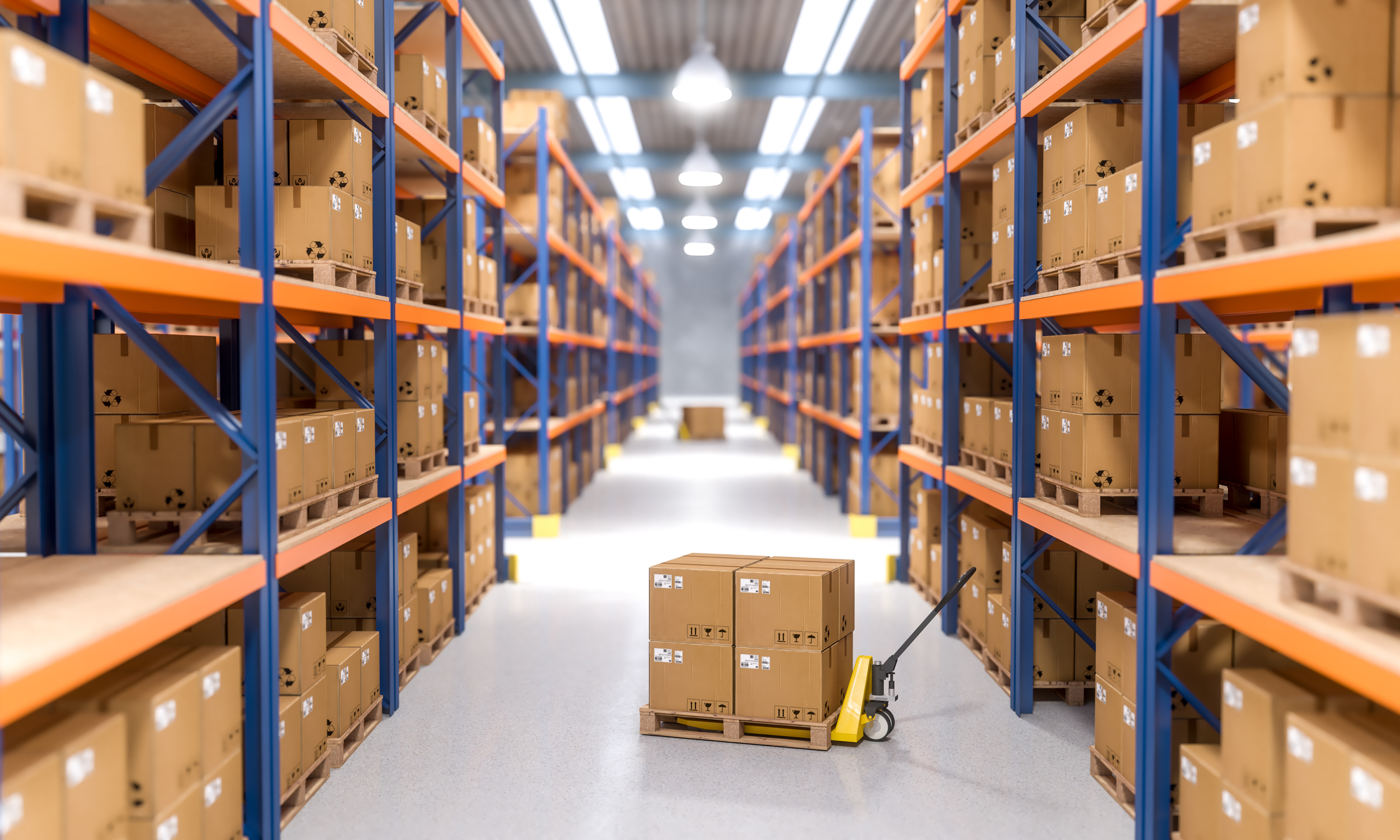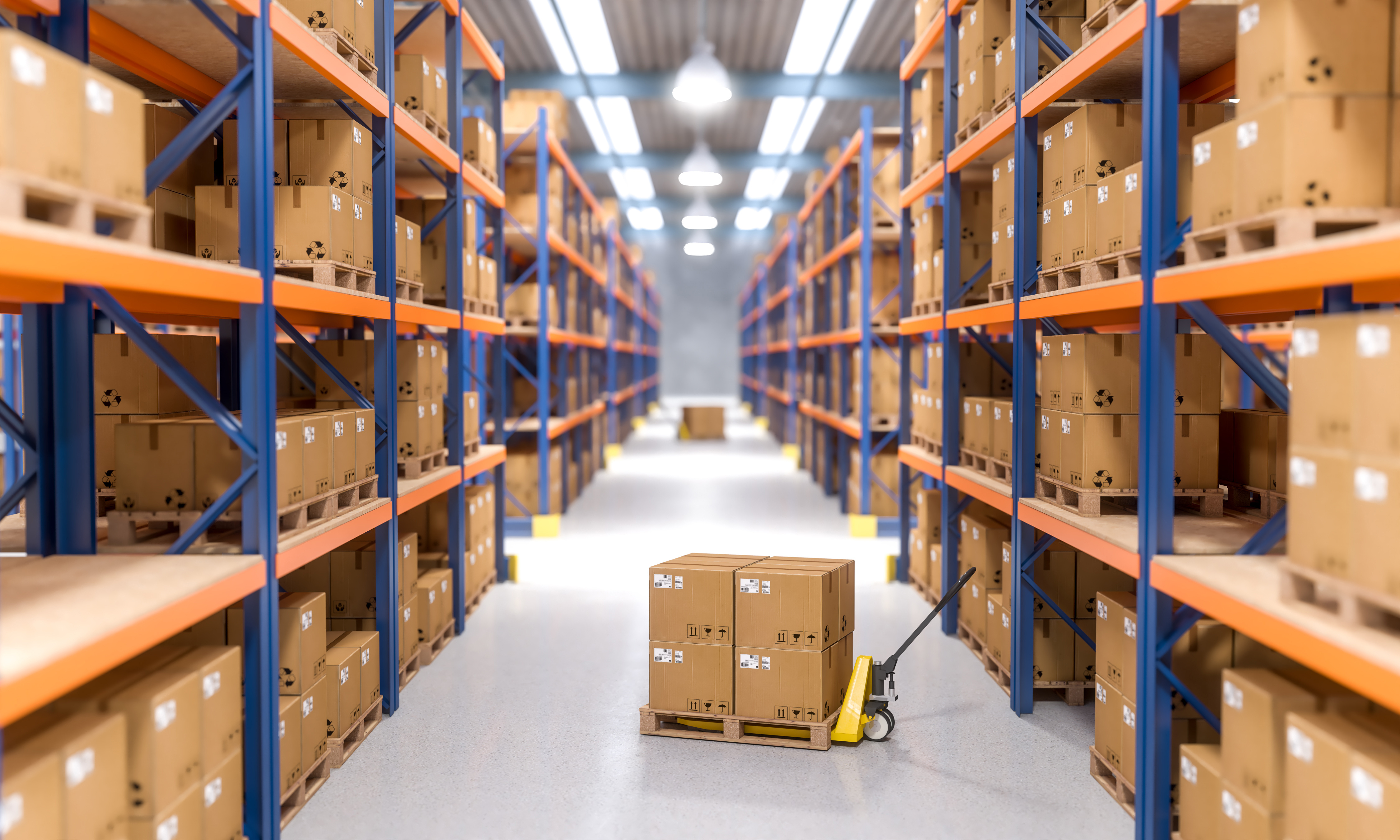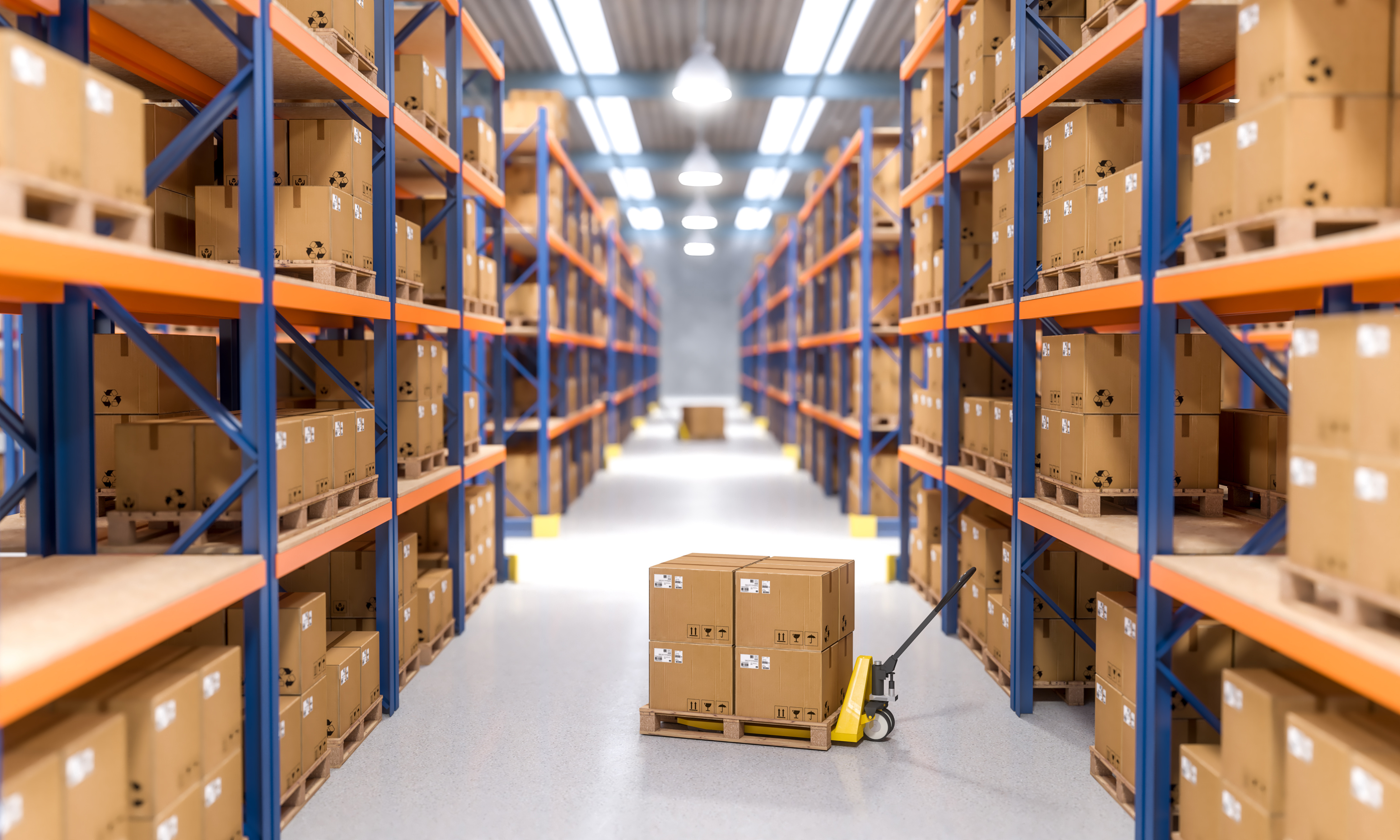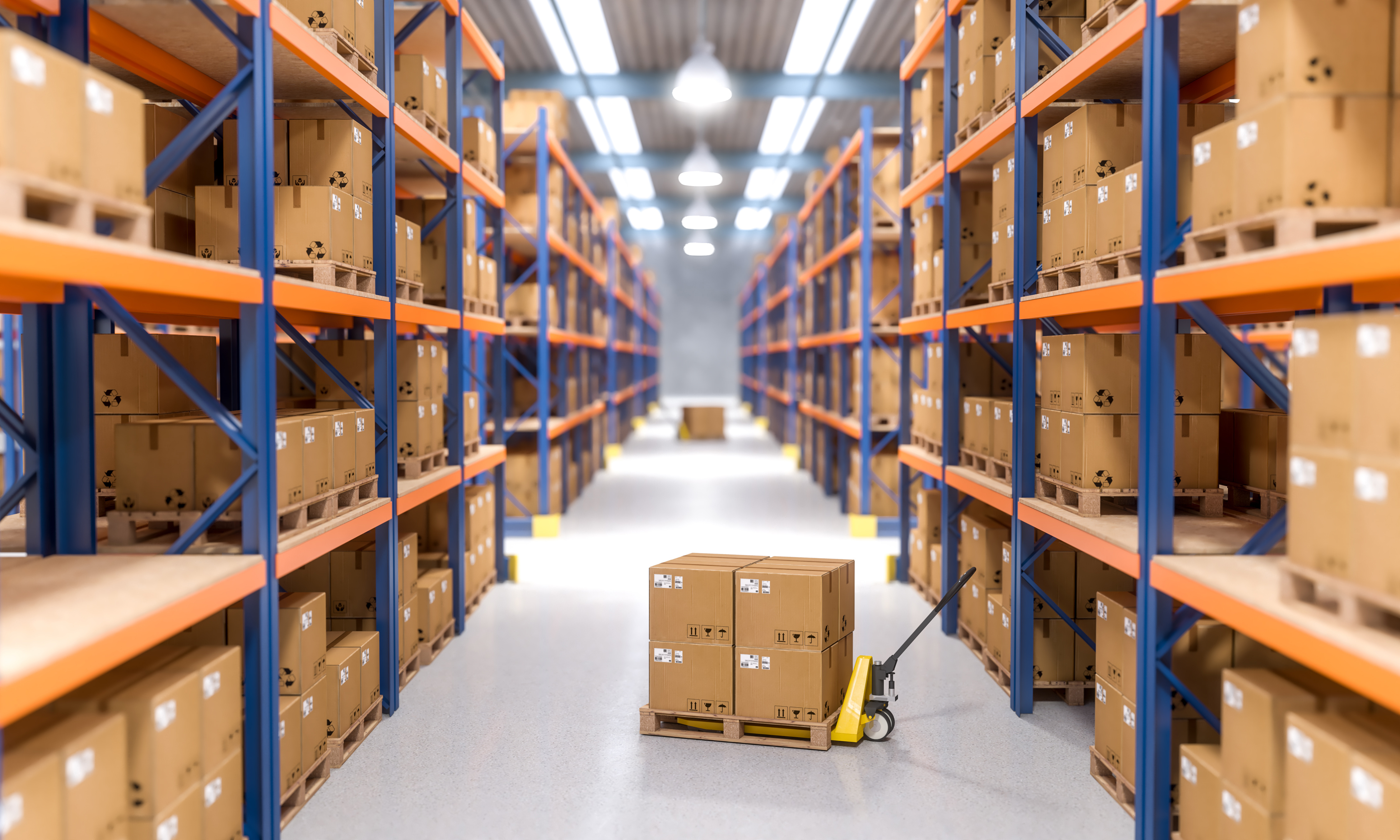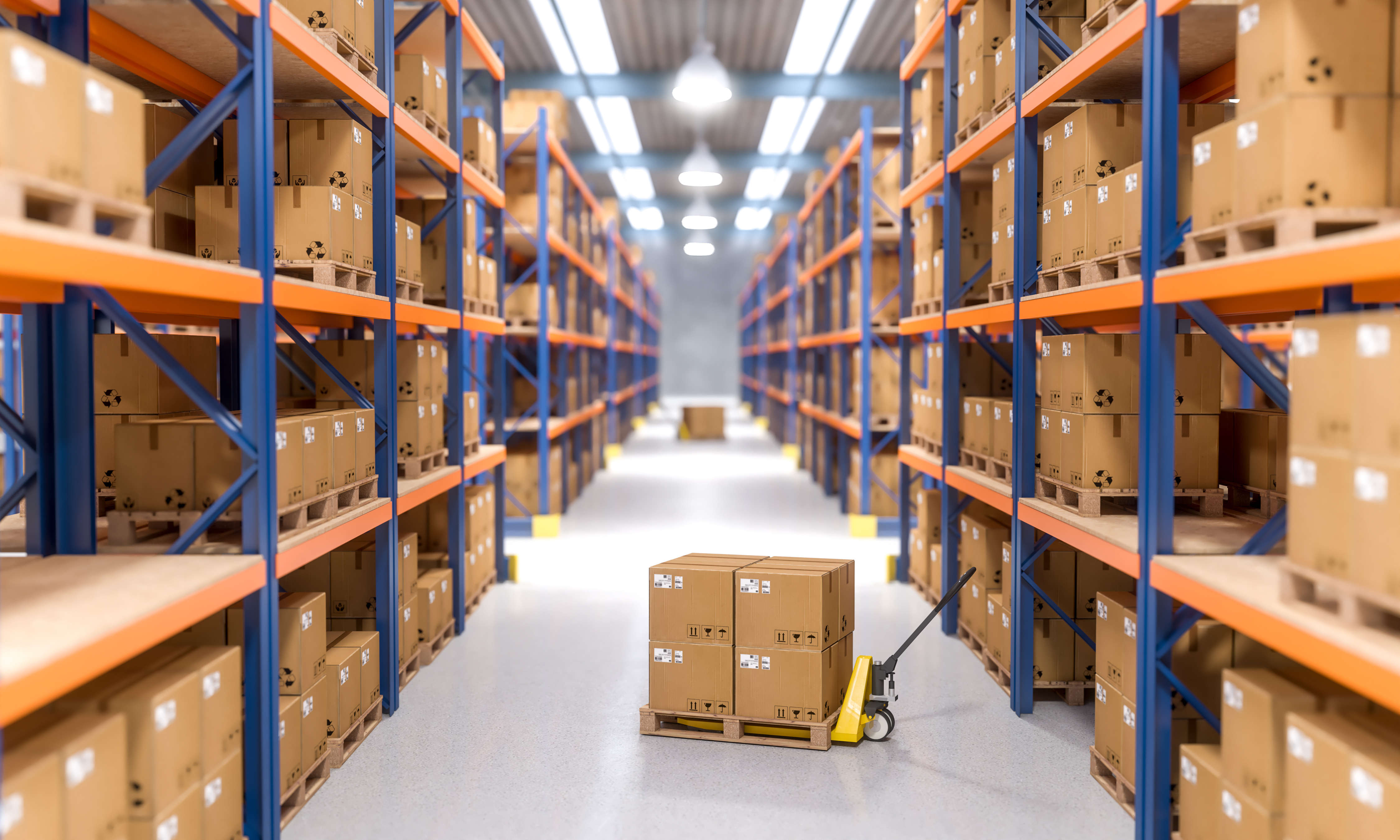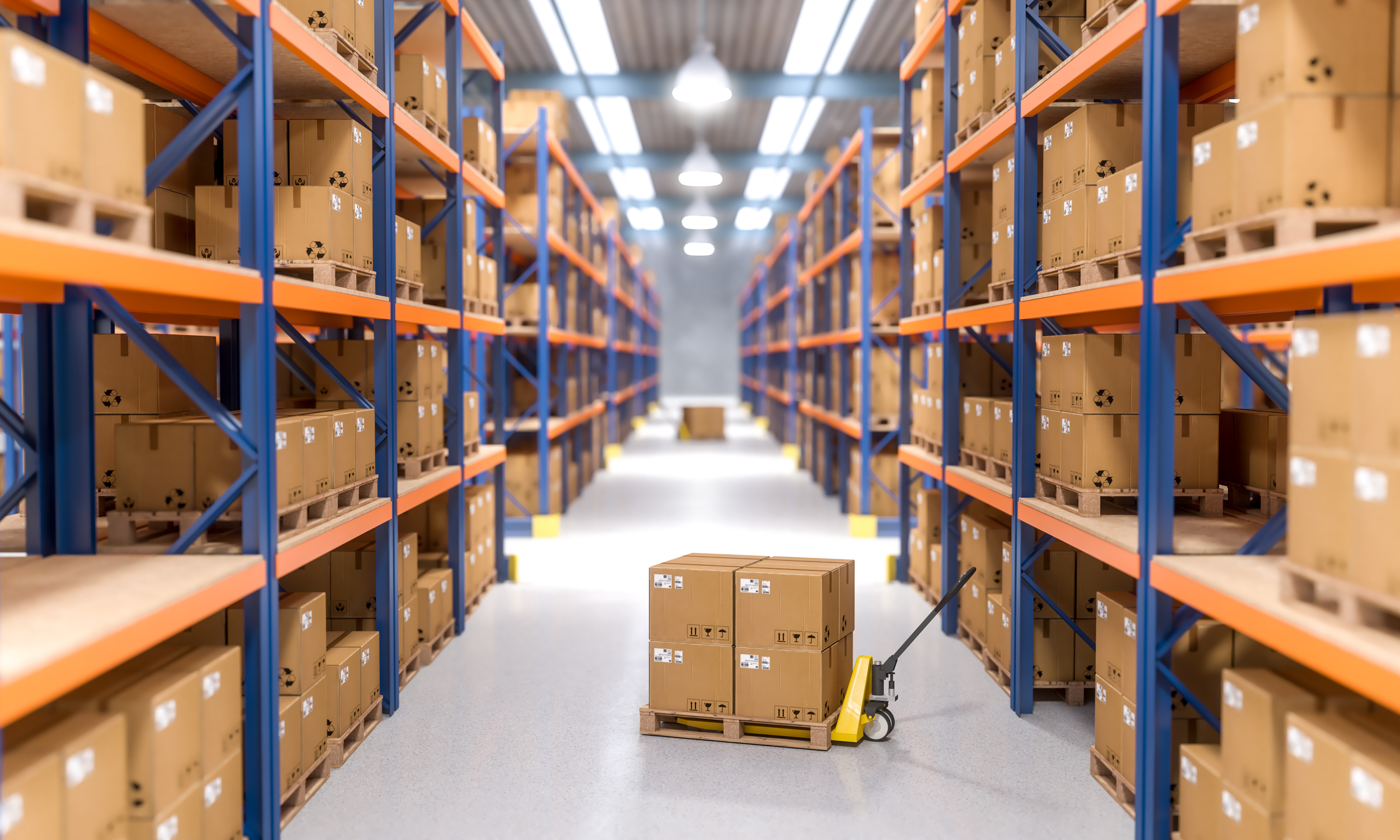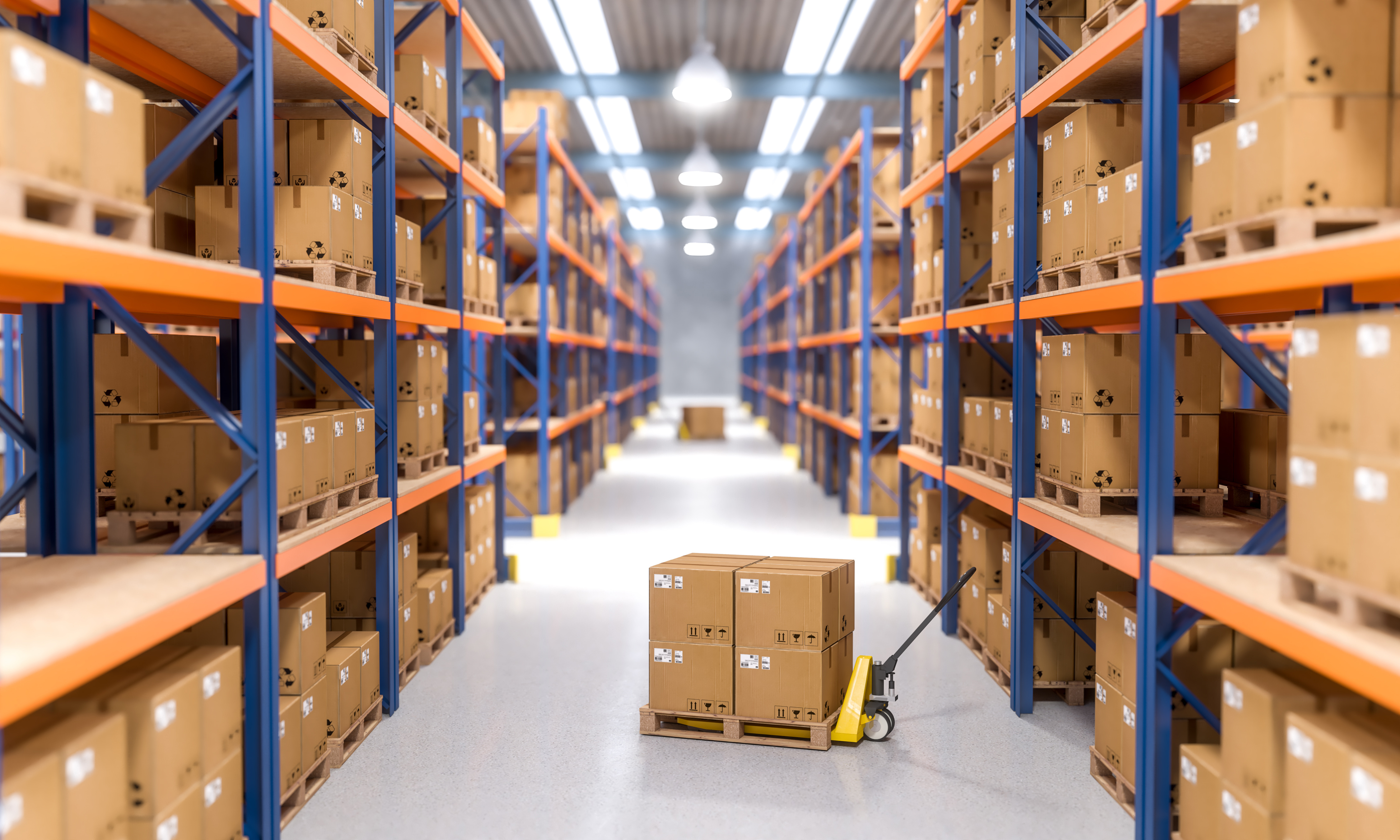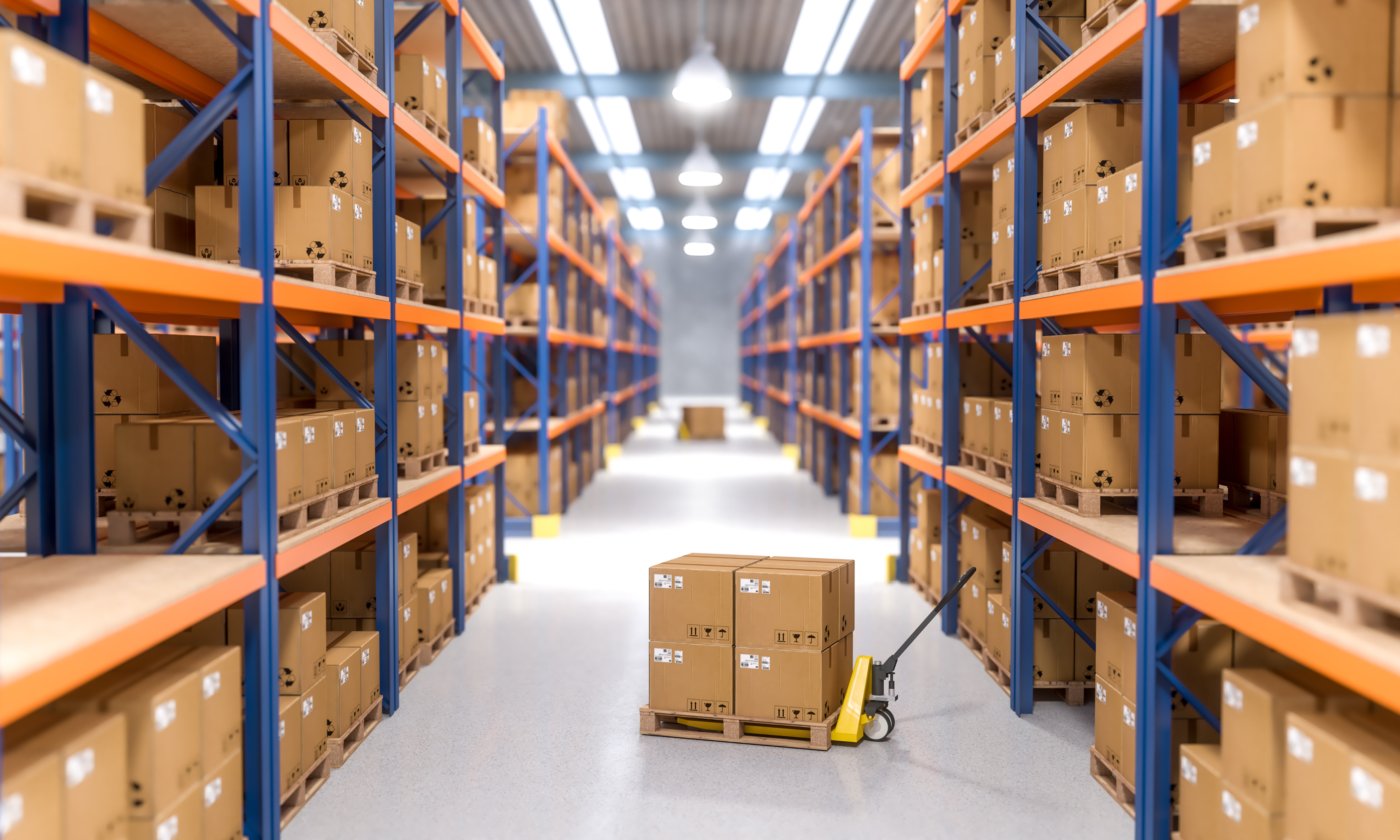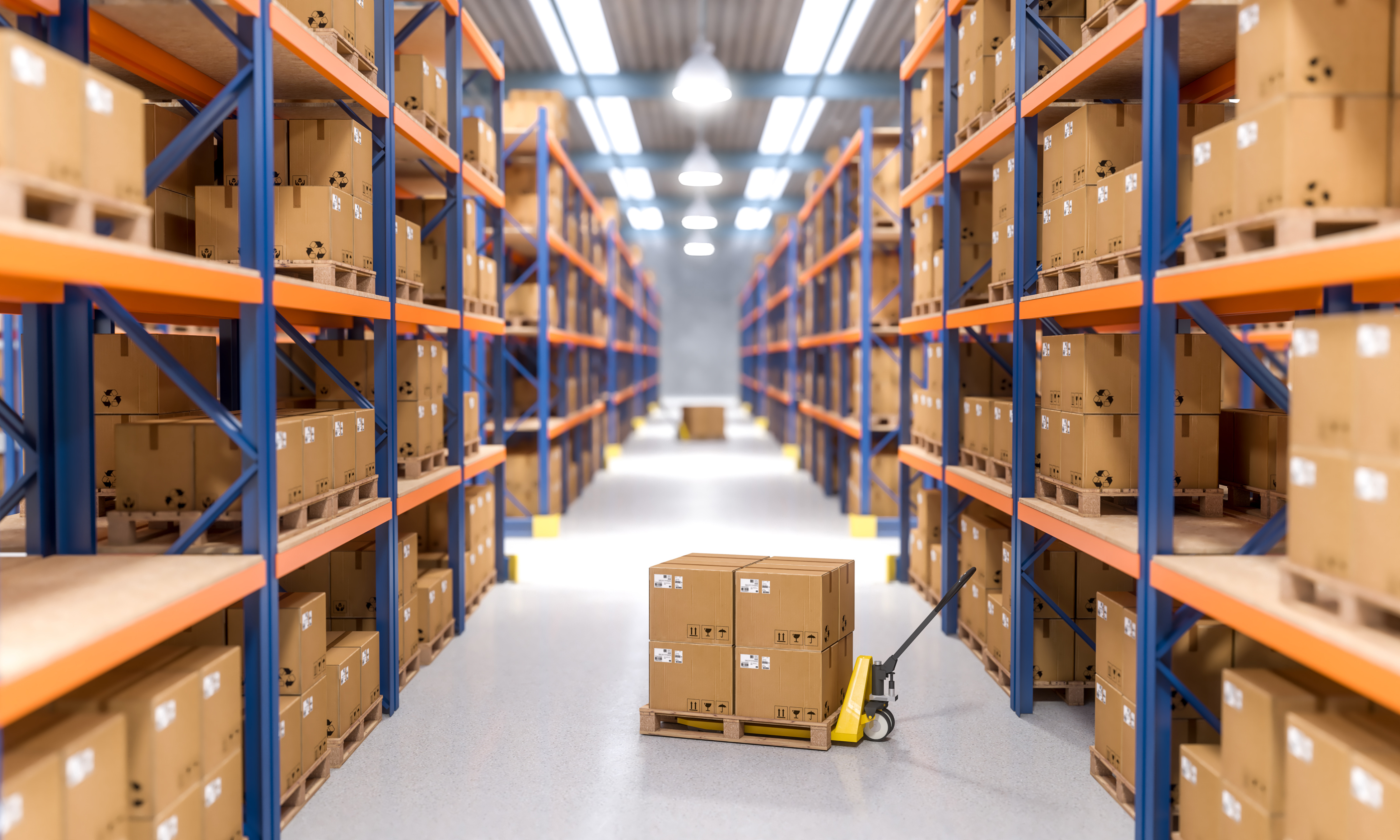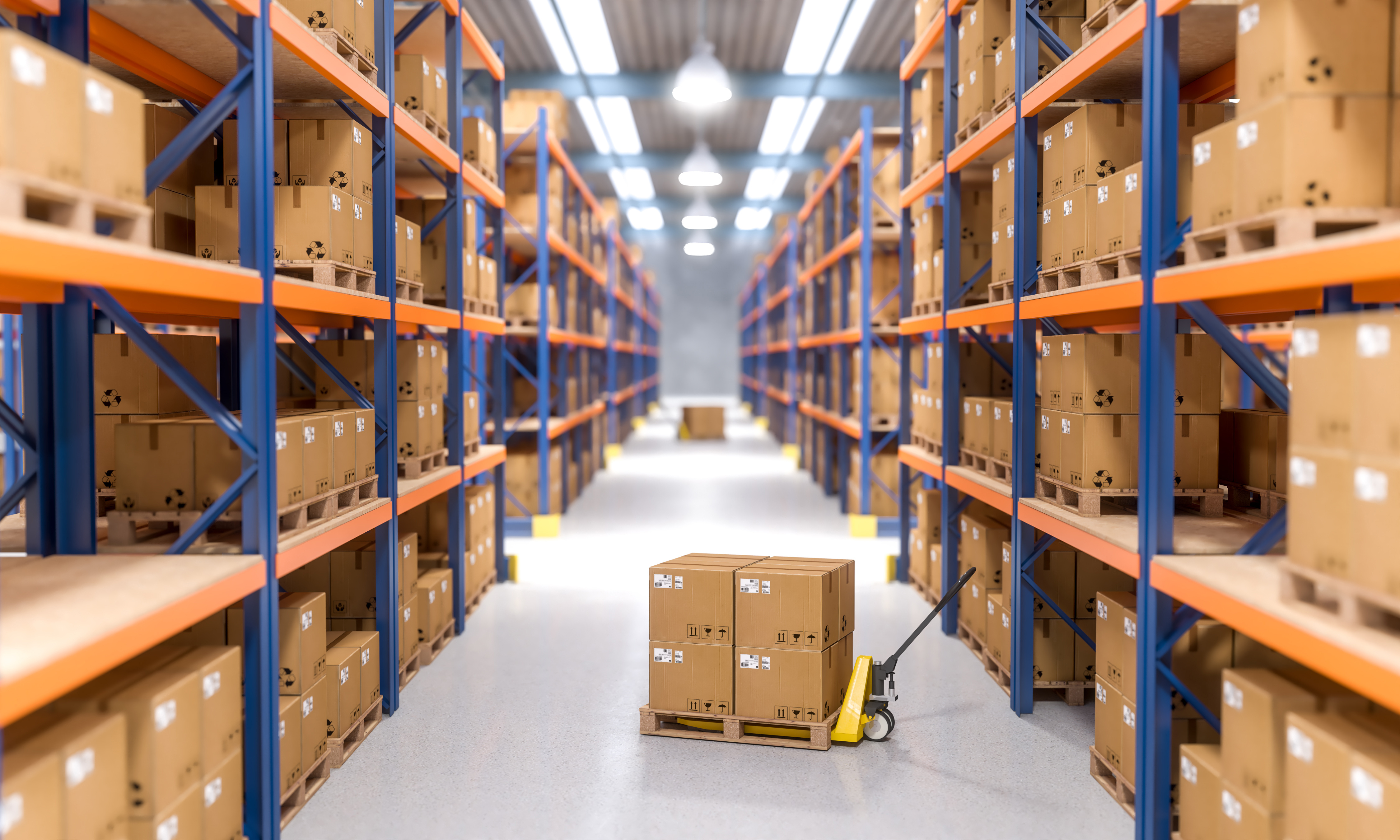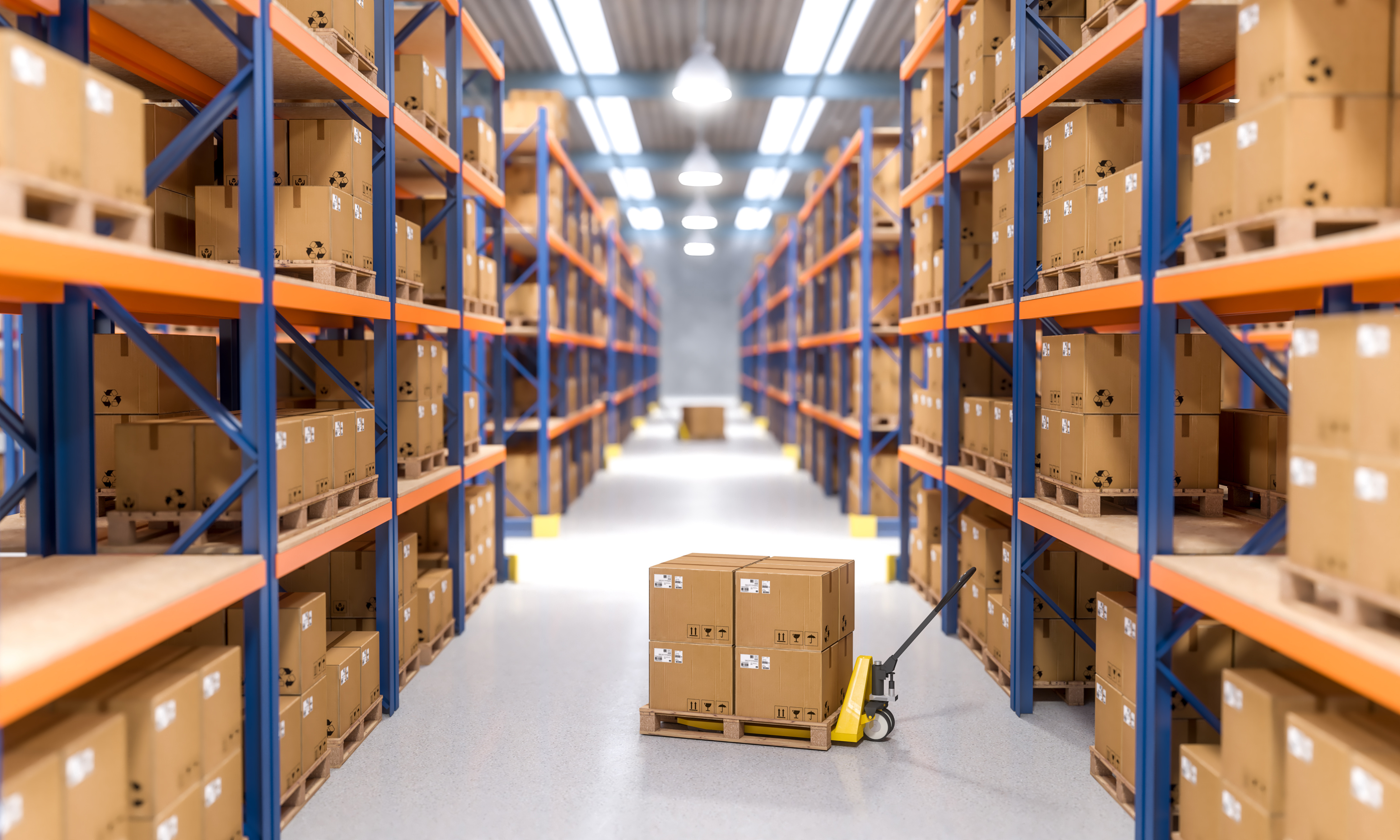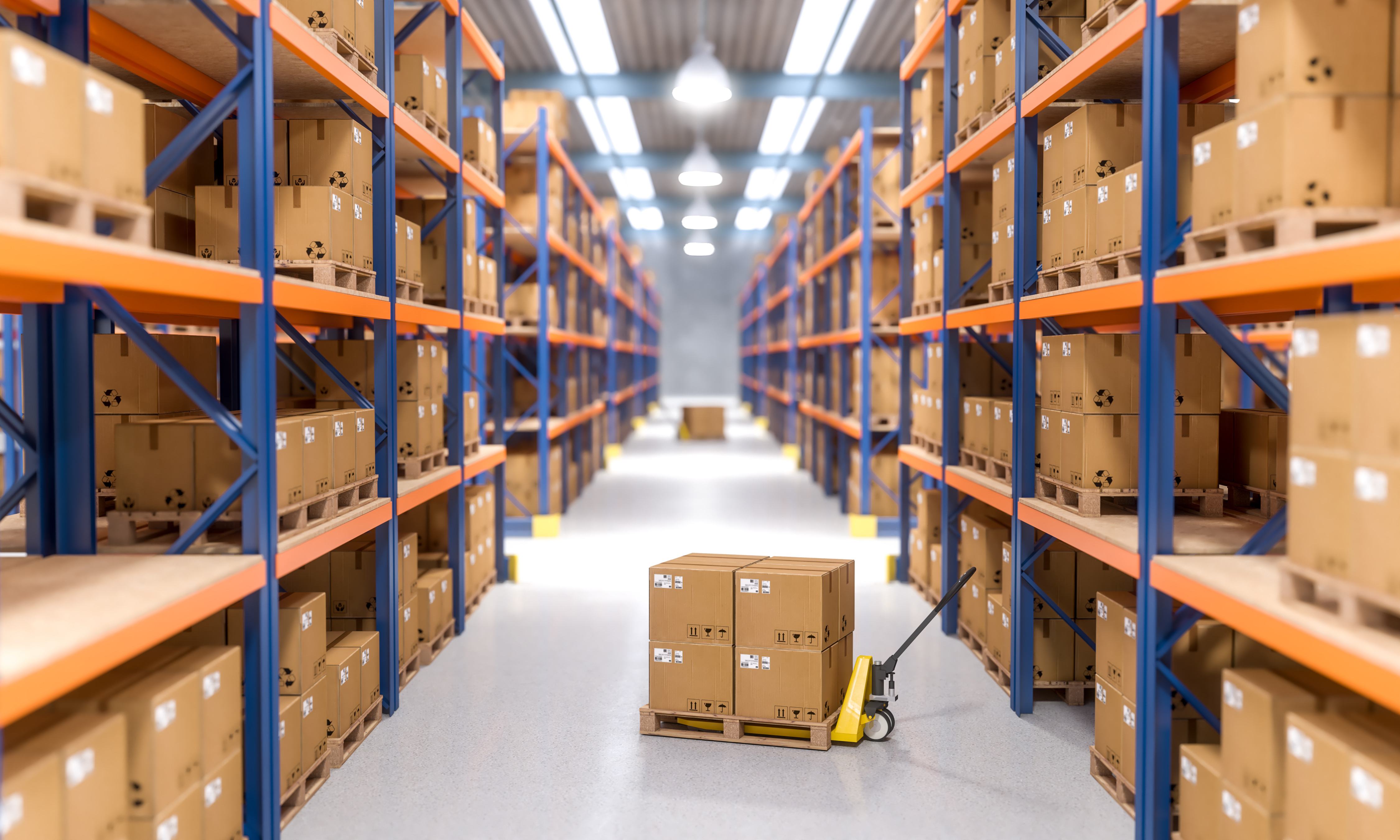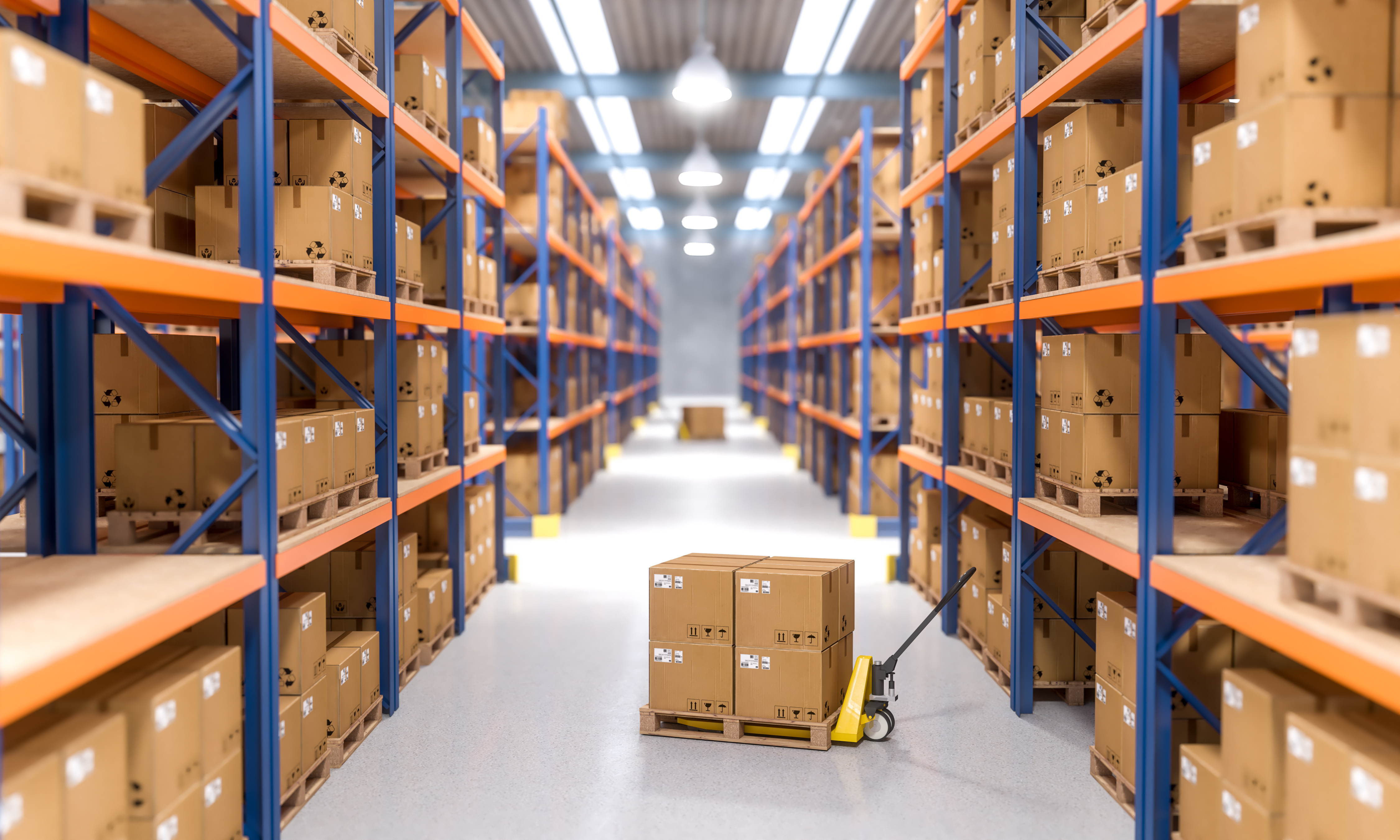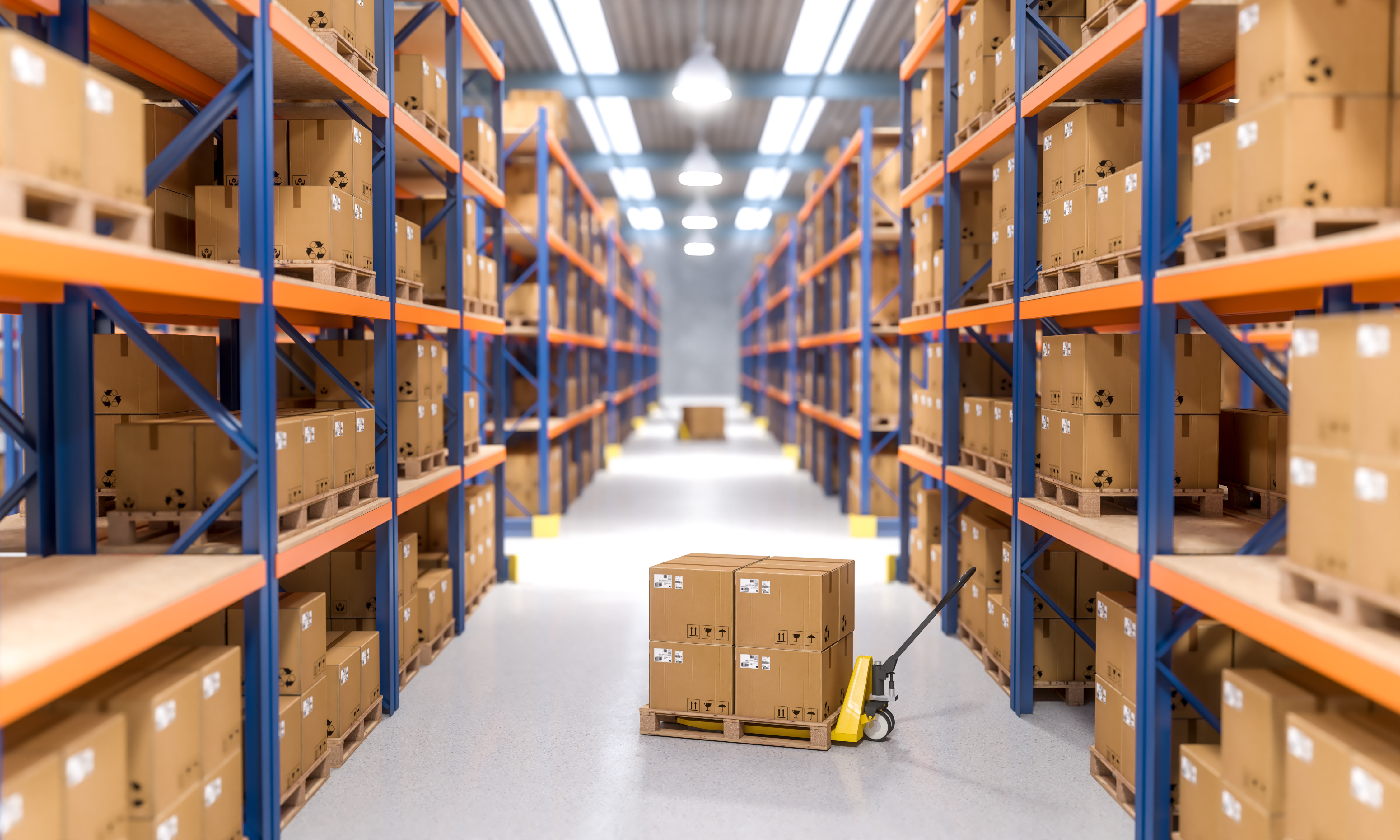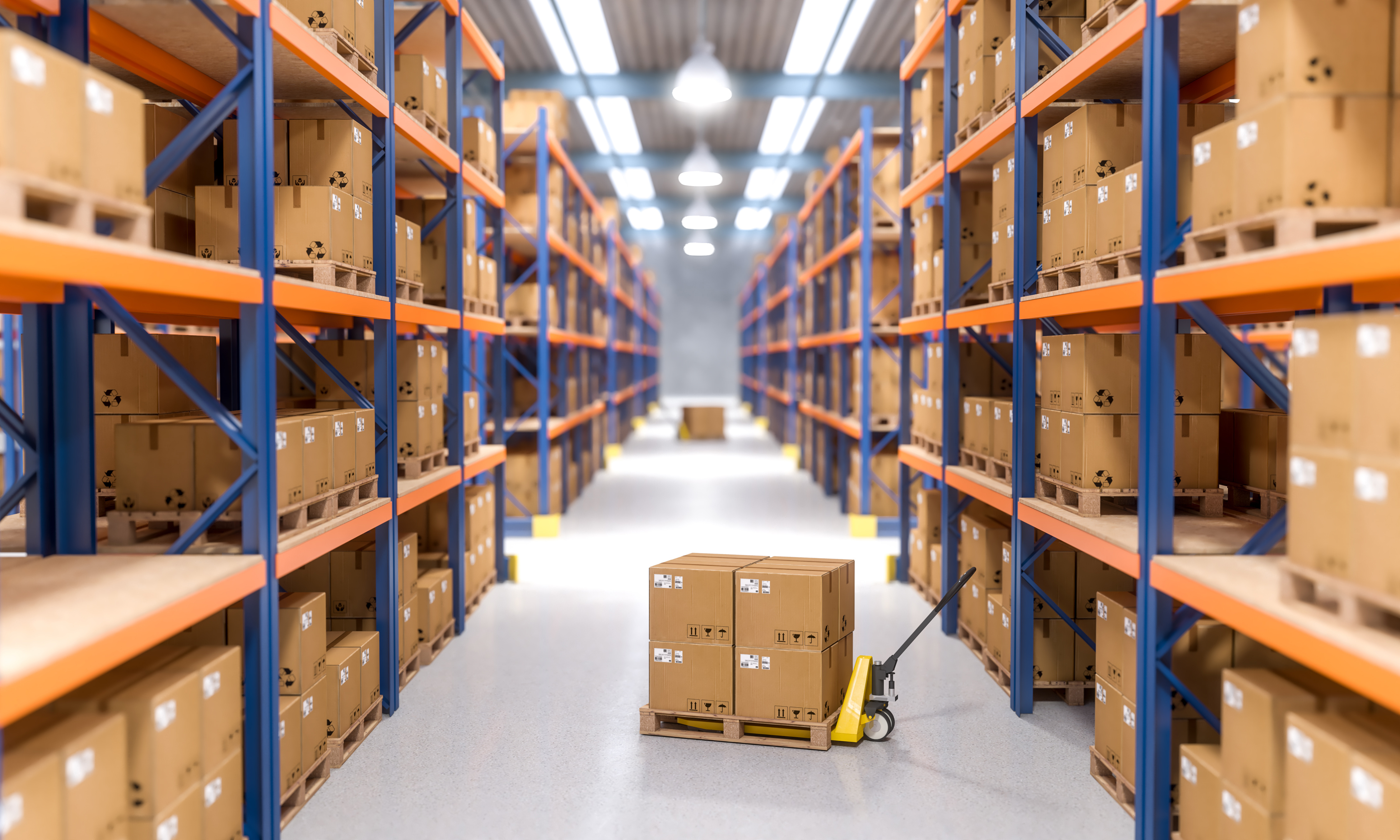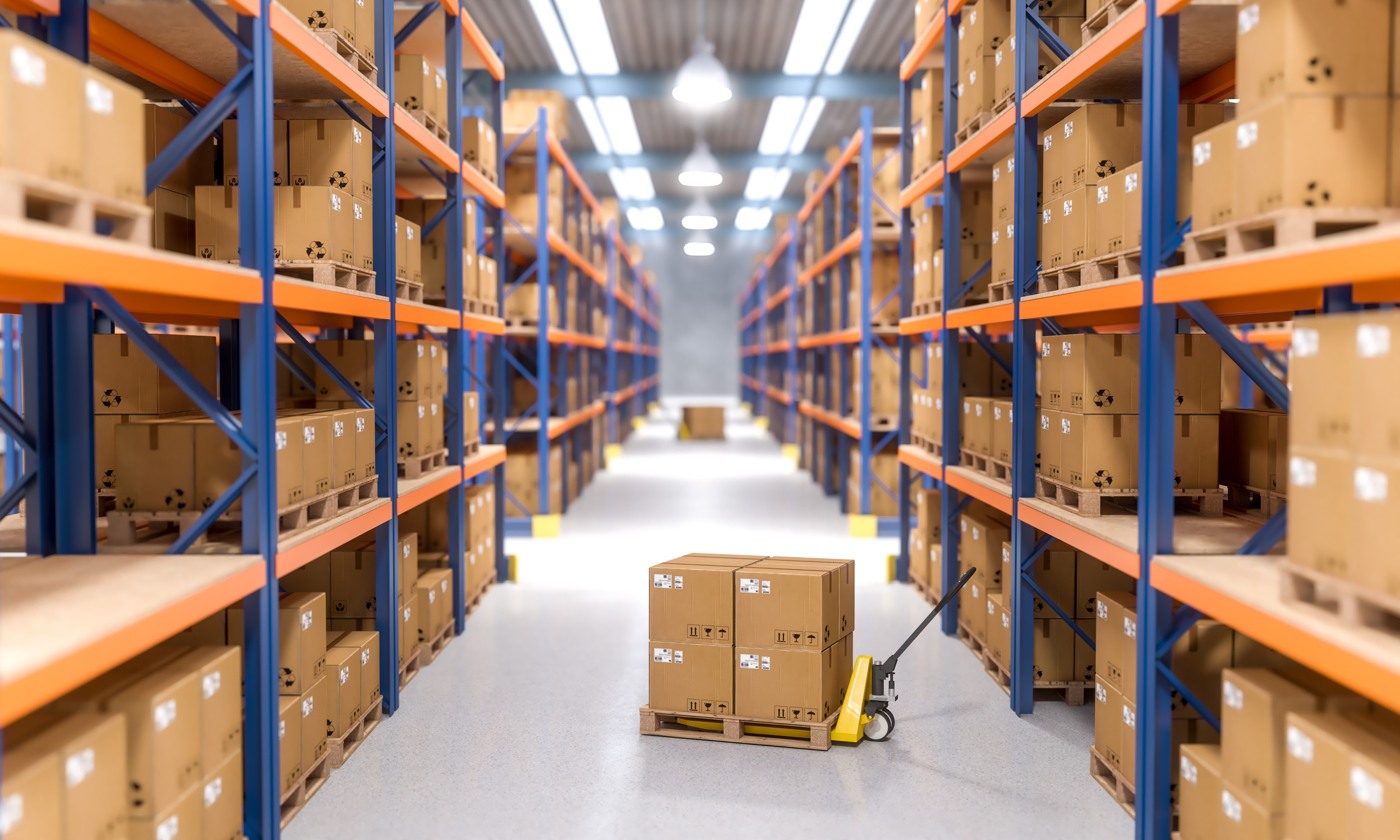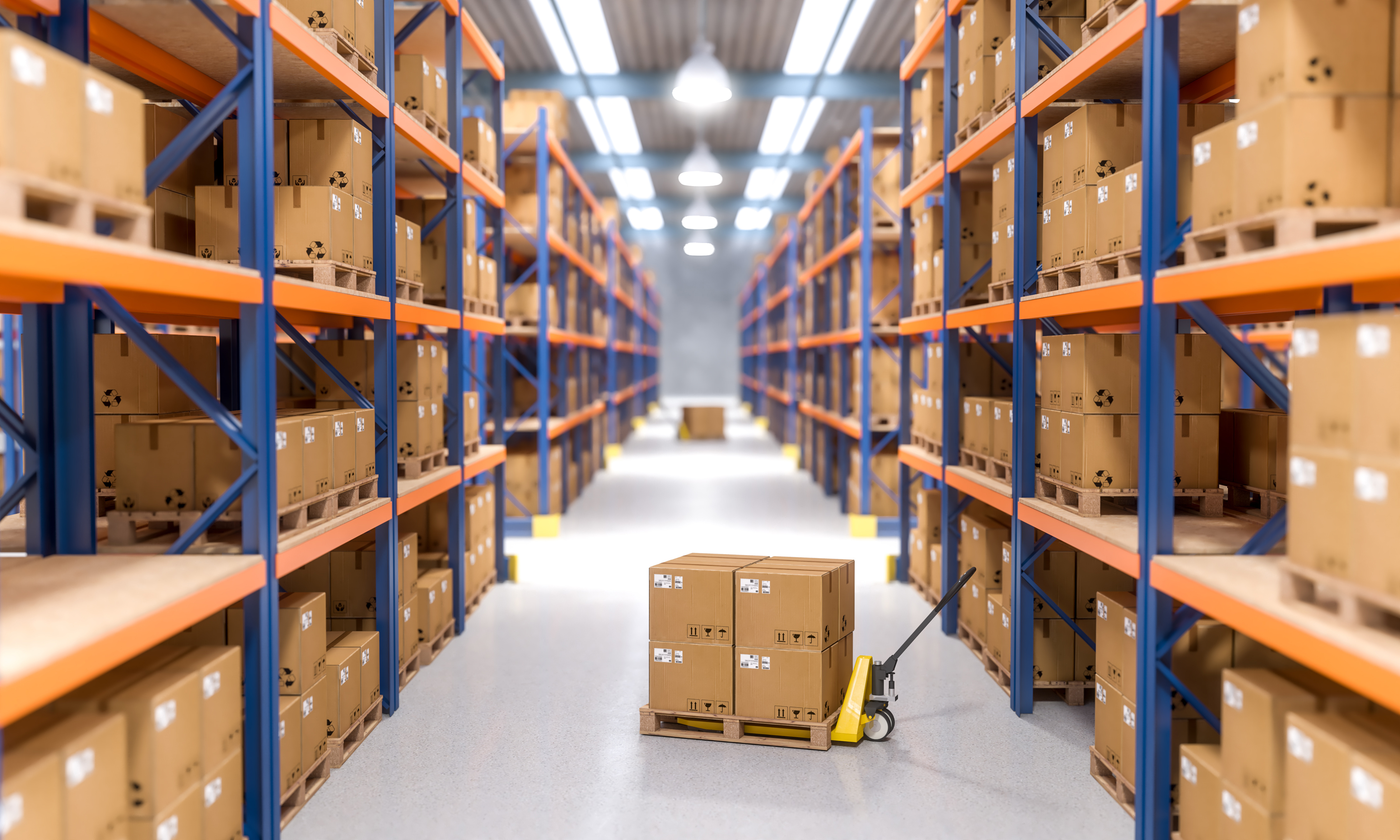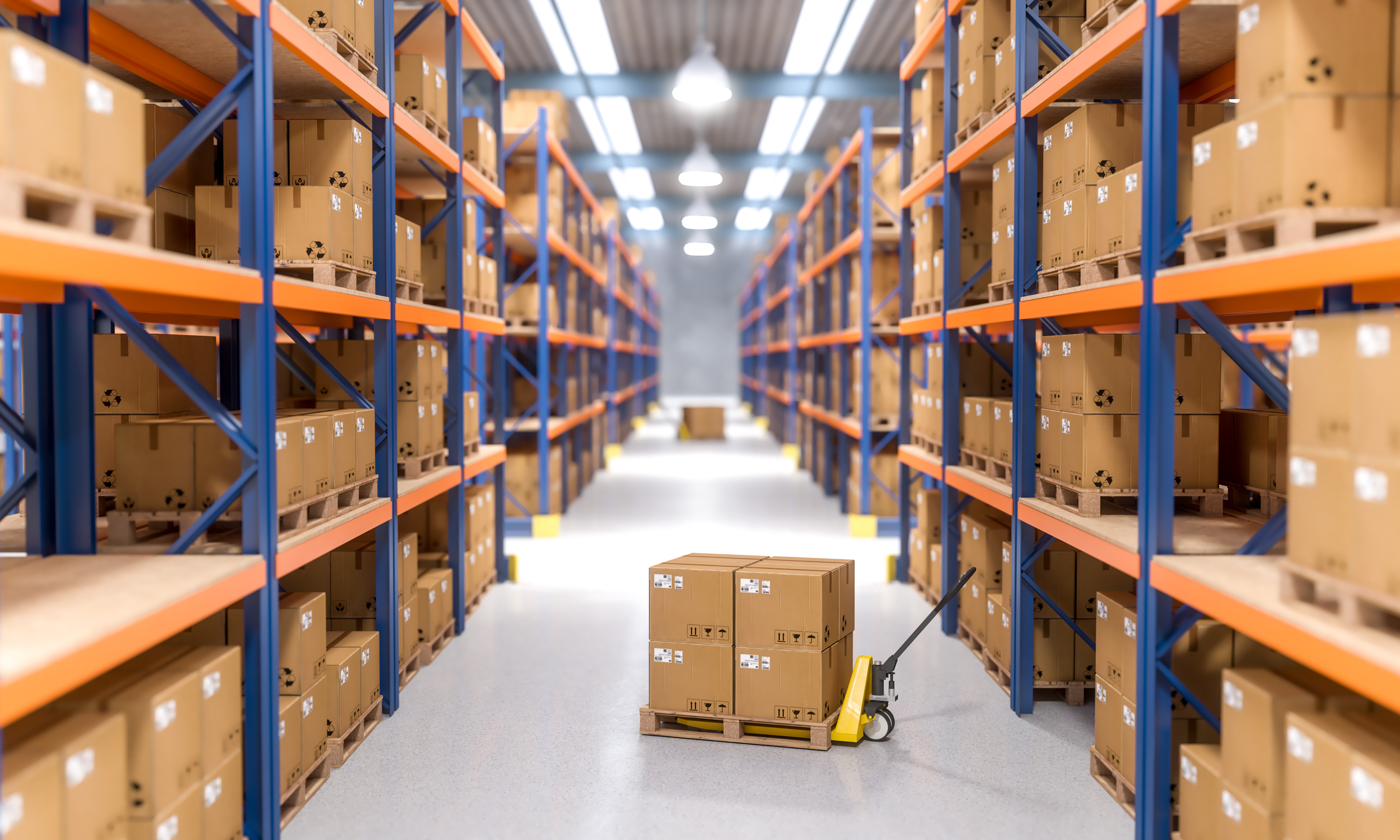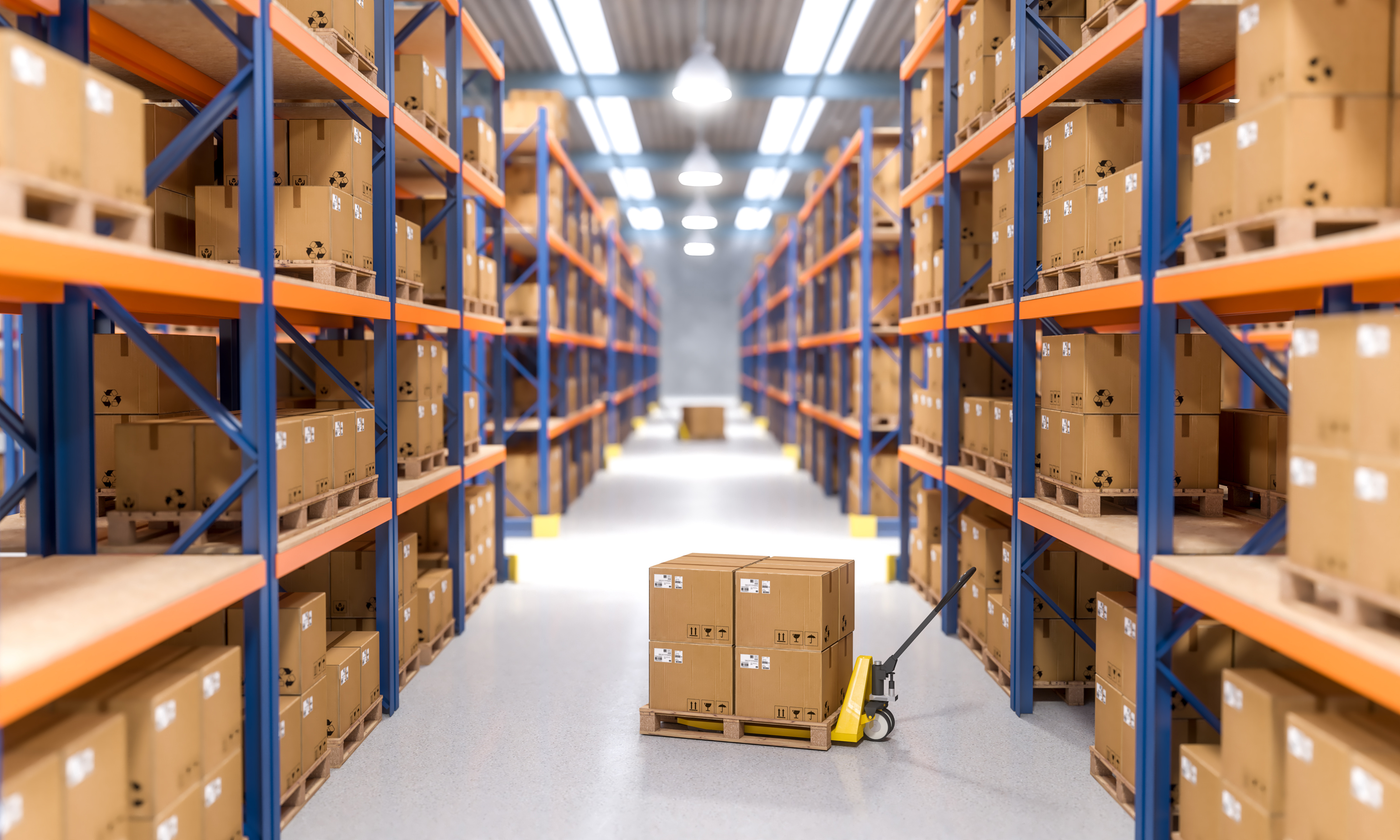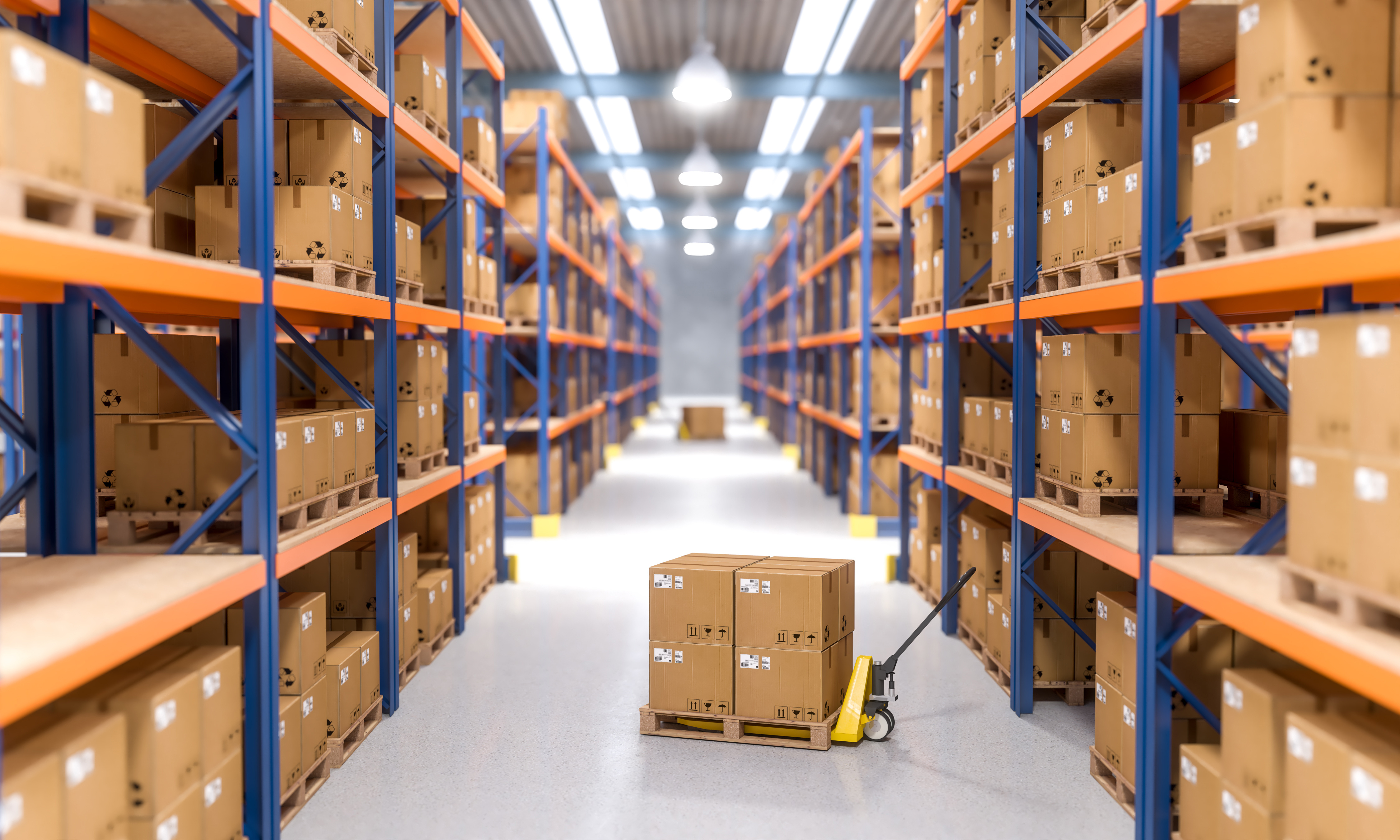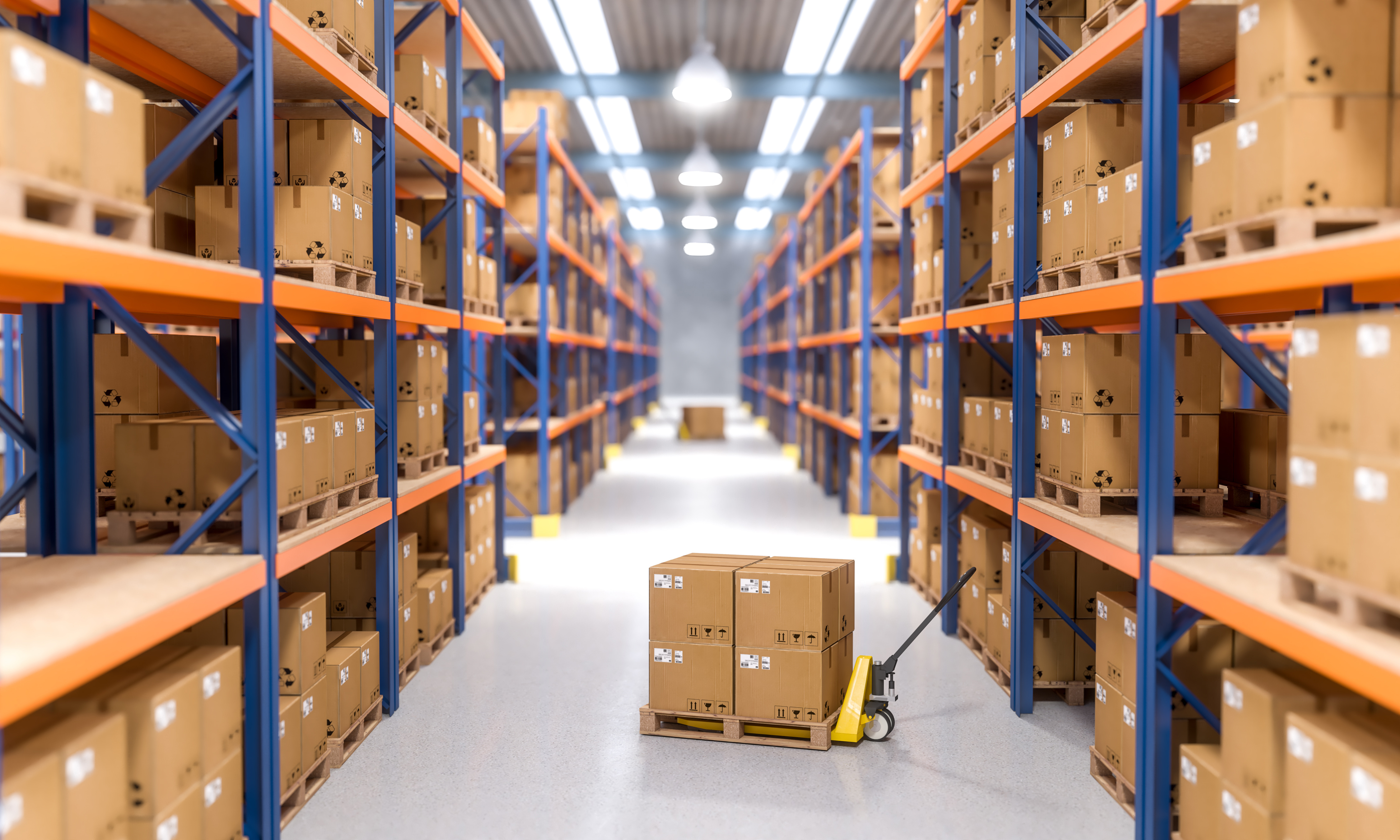When you operate a warehouse, your responsibilities don't end at the loading dock. Whether you're shipping products to retailers, t…
Warehouse Public Liability Insurance: Third-Party Protection for Storage and Distribution Operations
Introduction
Warehouse operations face unique public liability risks that extend far beyond typical business premises. From visitor injuries and delivery driver accidents to third-party property damage and goods handling incidents, warehouse facilities require specialized public liability protection. This comprehensive guide explores warehouse public liability insurance, covering essential protection, industry-specific risks, coverage options, and practical considerations for warehouse operators across the UK.
What is Warehouse Public Liability Insurance?
Warehouse public liability insurance protects storage and distribution facilities against claims from third parties who suffer injury or property damage on warehouse premises or as a result of warehouse operations. This specialized coverage addresses the unique risks associated with high-traffic commercial storage facilities, heavy machinery operations, and constant goods movement.
Unlike standard commercial public liability insurance, warehouse-specific policies account for the elevated risks inherent in storage and distribution operations, including higher visitor volumes, specialized equipment usage, and complex logistics operations that can impact third parties.
Key Coverage Areas
Visitor and Contractor Protection
Warehouse facilities regularly host suppliers, customers, delivery drivers, maintenance contractors, and other third parties. Public liability insurance covers incidents involving these visitors, including slip and trip accidents, falling object injuries, vehicle-related incidents, and accidents involving warehouse equipment.
Delivery and Loading Bay Incidents
Loading bays represent high-risk areas where warehouse staff interact with external delivery drivers and vehicles. Coverage includes accidents during loading and unloading operations, vehicle damage caused by warehouse equipment, and injuries to delivery personnel on warehouse premises.
Goods Handling and Storage Risks
Public liability protection extends to incidents involving goods handling that affect third parties, including damage to customer goods during storage, accidents caused by falling stock, and incidents involving specialized storage equipment like racking systems and conveyor belts.
Off-Site Operations Coverage
Many warehouse operations extend beyond the primary facility through delivery services, off-site storage, or mobile operations. Public liability insurance can cover incidents occurring during these extended operations, protecting against claims arising from warehouse activities conducted away from the main premises.
Industry-Specific Risk Factors
High-Volume Traffic Areas
Warehouses typically experience constant traffic from delivery vehicles, customer collections, and contractor visits. This high-volume environment increases the likelihood of accidents and third-party incidents, requiring robust public liability protection.
Heavy Machinery and Equipment
Forklifts, conveyor systems, automated storage equipment, and loading machinery create significant public liability risks. Accidents involving this equipment can result in serious injuries to visitors and substantial property damage claims.
Multi-Level Storage Systems
Modern warehouses often utilize high-bay storage systems and mezzanine levels that create additional risks for falling objects and access-related accidents. Public liability insurance must account for these vertical risk factors.
Specialized Storage Requirements
Warehouses handling hazardous materials, temperature-sensitive goods, or high-value items face additional public liability exposures that require specialized coverage considerations.
Coverage Limits and Considerations
Standard Coverage Amounts
Warehouse public liability insurance typically offers coverage limits ranging from £1 million to £10 million or higher, depending on the facility size, operation type, and risk profile. Many warehouse operators opt for higher limits due to the potential severity of incidents involving heavy machinery and high-value goods.
Aggregate vs. Per-Claim Limits
Understanding whether coverage limits apply per claim or as an annual aggregate is crucial for warehouse operators. Given the potential for multiple incidents in high-activity facilities, per-claim limits often provide better protection.
Geographic Coverage
Warehouse operations may require coverage extending beyond the primary facility to include temporary storage locations, customer premises for delivery operations, and transit coverage for goods movement.
Policy Exclusions and Limitations
Professional Services Exclusions
Standard warehouse public liability policies typically exclude professional services claims, though warehouse operators providing logistics consulting or specialized storage advice may require additional professional indemnity coverage.
Product Liability Considerations
While public liability insurance covers third-party injury and property damage, claims related to defective products stored or handled may require separate product liability coverage, particularly for warehouses involved in product modification or repackaging.
Employee-Related Exclusions
Public liability insurance excludes claims from employees, which are covered under employers' liability insurance. However, the distinction between employees, contractors, and visitors can be complex in warehouse environments.
Motor Vehicle Exclusions
Incidents involving warehouse vehicles on public roads are typically excluded from public liability coverage and require separate commercial vehicle insurance.
Warehouse-Specific Considerations
Cold Storage and Specialized Facilities
Refrigerated warehouses, pharmaceutical storage facilities, and other specialized operations face unique public liability risks requiring tailored coverage approaches. Temperature-related incidents, contamination risks, and specialized equipment failures can create significant third-party exposures.
E-commerce and Fulfillment Centers
Modern e-commerce fulfillment centers operate with high automation levels and rapid throughput requirements that create distinct public liability risk profiles. Coverage must account for automated systems, high-speed operations, and increased visitor complexity.
Third-Party Logistics (3PL) Operations
Warehouses providing third-party logistics services face additional public liability exposures related to customer goods handling, specialized services provision, and extended operational responsibilities.
Multi-Tenant Facilities
Shared warehouse facilities require careful consideration of public liability coverage boundaries and responsibilities between different tenants and the facility operator.
Risk Management and Prevention
Visitor Management Systems
Implementing comprehensive visitor management procedures, including safety briefings, designated walkways, and restricted access areas, can significantly reduce public liability exposures while potentially lowering insurance premiums.
Equipment Maintenance and Safety
Regular maintenance of warehouse equipment, safety system testing, and staff training programs demonstrate proactive risk management that insurers value when assessing coverage terms and pricing.
Emergency Response Procedures
Well-documented emergency response procedures for accidents, equipment failures, and facility incidents can minimize claim severity and demonstrate responsible risk management practices.
Claims Management Process
Immediate Response Requirements
Warehouse public liability claims require immediate attention due to the potential severity of incidents and the need to preserve evidence in complex operational environments. Prompt notification to insurers and proper incident documentation are crucial.
Investigation Procedures
Claims involving warehouse operations often require specialized investigation due to equipment complexity, multiple parties, and operational factors. Understanding the investigation process helps warehouse operators cooperate effectively with insurers and claims adjusters.
Business Continuity Considerations
Public liability incidents in warehouse facilities can impact operations beyond the immediate claim, requiring consideration of business interruption effects and operational recovery planning.
Cost Factors and Premium Considerations
Risk Assessment Factors
Insurance premiums for warehouse public liability coverage depend on facility size, operation type, visitor volumes, equipment types, storage categories, and historical claims experience. Specialized operations typically command higher premiums due to increased risk complexity.
Deductible Structures
Warehouse operators can often reduce premiums through higher deductibles, though this approach requires careful consideration of potential claim frequencies and financial capacity to handle self-insured portions.
Multi-Year Policies
Longer-term policy arrangements can provide premium stability and coverage continuity for established warehouse operations with good risk profiles.
Choosing the Right Coverage
Specialist Warehouse Insurers
Working with insurers who specialize in warehouse and logistics operations ensures better understanding of industry risks and more appropriate coverage terms. Specialist insurers often provide superior claims handling and risk management support.
Coverage Integration
Coordinating public liability insurance with other warehouse coverages, including property insurance, business interruption, and employers' liability, ensures comprehensive protection without gaps or overlaps.
Regular Coverage Reviews
Warehouse operations evolve rapidly with changing technology, customer requirements, and operational procedures. Regular insurance reviews ensure coverage remains appropriate for current risk exposures.
Legal and Regulatory Compliance
Health and Safety Regulations
Warehouse public liability insurance works alongside compliance with health and safety regulations, but insurance cannot substitute for proper regulatory compliance. Understanding the interaction between insurance coverage and regulatory requirements is essential.
Environmental Considerations
Warehouses handling certain materials may face environmental liability exposures that require specialized coverage beyond standard public liability insurance.
Data Protection and Cyber Risks
Modern warehouse operations increasingly rely on digital systems that create potential cyber liability exposures affecting third parties, requiring consideration of cyber insurance alongside traditional public liability coverage.
Conclusion
Warehouse public liability insurance provides essential protection for storage and distribution operations facing complex third-party risks. From visitor injuries and delivery incidents to equipment-related accidents and goods handling claims, comprehensive public liability coverage protects warehouse operators against potentially devastating financial exposures.
Successful warehouse public liability insurance requires understanding industry-specific risks, appropriate coverage limits, policy terms, and integration with broader risk management strategies. Working with specialist insurers and maintaining proactive risk management practices ensures optimal protection for warehouse operations while supporting business growth and operational efficiency.
For warehouse operators seeking comprehensive public liability protection, professional insurance advice tailored to specific operational requirements and risk profiles provides the foundation for effective coverage decisions and long-term business protection.


 0330 127 2333
0330 127 2333
